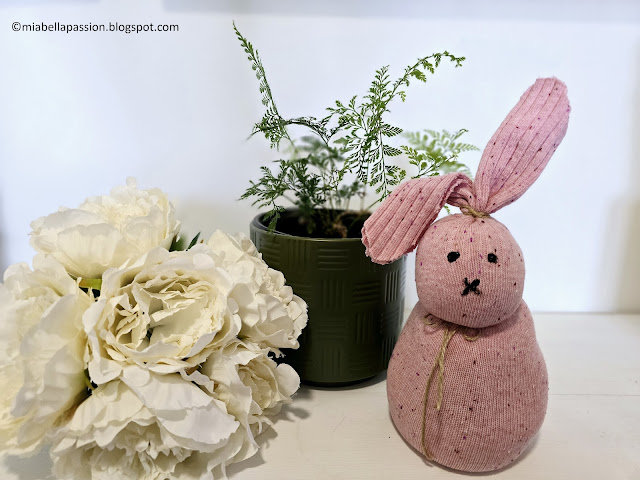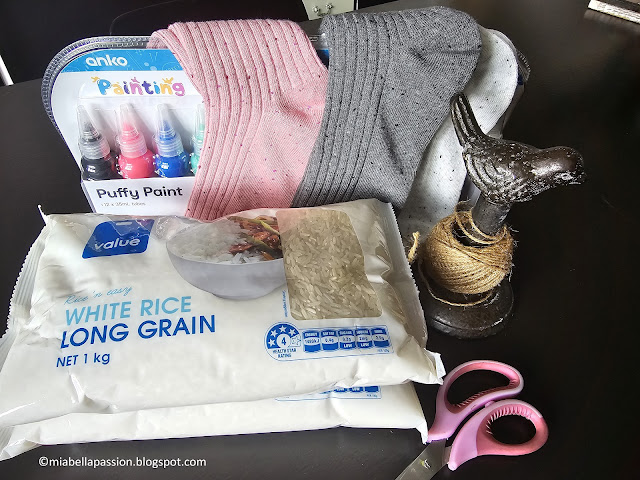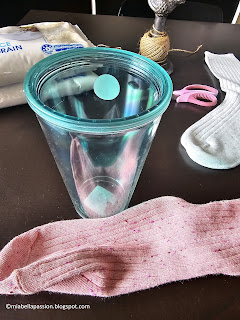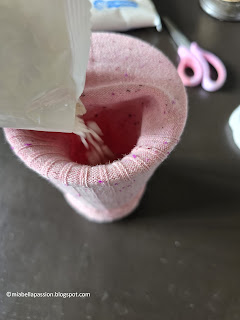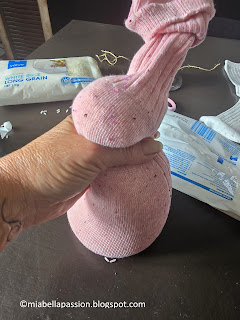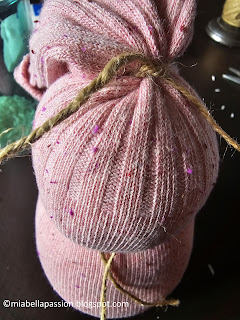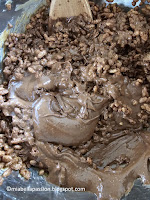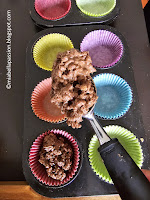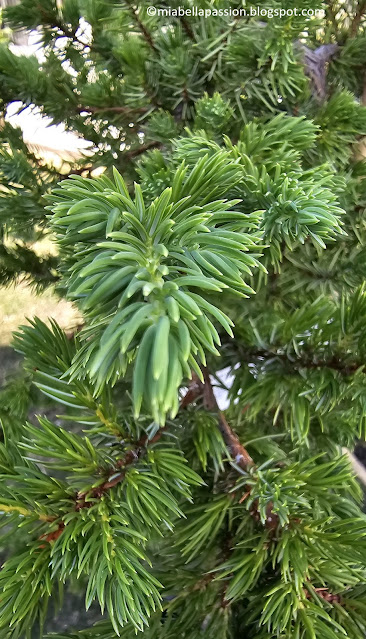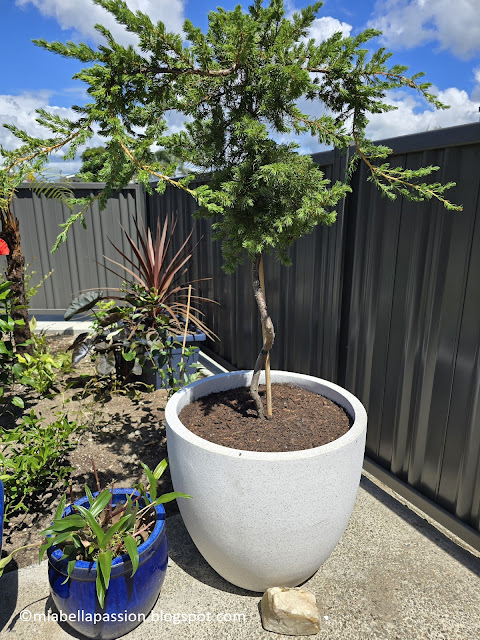Juniperus conferta, which is also known as shore juniper, is a low-growing evergreen shrub typically used as ground cover or border plant that is native to Japan.
It can also be trained to grow as a tall standard tree form, that can add interest and diversity to a landscape.
If you want miniature, these make fabulous bonsais too.
Bonsai is the Japanese art of growing miniature trees in pots or containers, and juniperus conferta is an excellent species for bonsai due to its attractive foliage, and ability to withstand pruning and wiring. As a bonsai, it will require bright, indirect sunlight and well-draining soil. Water when the soil is slightly dry, but avoid overwatering as this can lead to root rot. Fertilize during the growing season with a balanced liquid fertilizer. Pruning and wiring can be done in the spring and fall to maintain the shape and size of the bonsai.
It is a shrub that is widely used in general landscaping because of its attractive appearance, dense spreading branches with green pine-like leaves and small Spring flowers that are followed by bluish-black berries.
It is a very hardy low maintenance plant that grows well in a variety of conditions. Preferring well-drained soil and full sun exposure, it's frost and drought tolerant and can withstand coastal conditions such as salt spray and strong winds.
You can propagate using seeds or cuttings.
Grown in a non-standard form it is a popular choice for ground cover as it forms a dense mat of foliage.
It's perfect for slopes and hillsides.
Juniperus conferta in a Standard Tree Form
Here are some tips for growing Juniperus conferta in a standard tree form.
1. Choose a central leader: When the plant is young, select one stem to be the central leader and prune away any competing stems.
2. Prune regularly: To shape the plant into a tree form, prune away any lower branches that are too close to the ground. Continue to prune regularly throughout the growing season to maintain the desired shape.
3. Provide support: When the plant is still young and developing, provide support with a stake or tie it to a nearby fence or trellis.
4. Water regularly: Juniperus conferta prefers moist, well-draining soil. Water regularly to avoid drought stress.
With proper care, Juniperus conferta can thrive in a standard tree form and be a unique addition to any landscape. By selecting a central leader, pruning regularly, providing support, and watering consistently, you can successfully grow Juniperus conferta as a stunning tree.
I've planted my standard Juniperus Conferta (which I bought directly from a Garden Centre) in a large pot to use in my courtyard as a statement plant.
I love how it looks in the large white pot.
#juniperusconferta #junipers #statementplants #pottedplants



